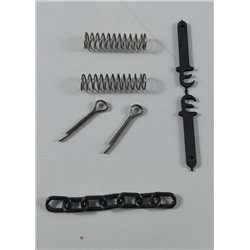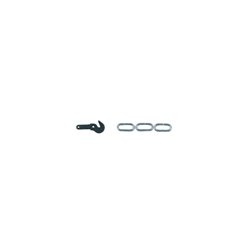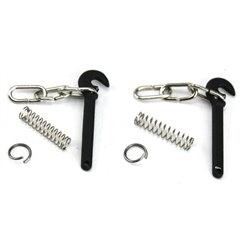There's no shortage of manufacturers producing models and components for DCC layouts these days, and that's a good...
No products
Product successfully added to your shopping cart
There are 0 items in your cart. There is 1 item in your cart.
Search Tips
Christmas and New Year
Due to public holidays, orders will be next dispatched on Monday 29th.
If you select next day delivery at checkout, please note deliveries are not made on New Year's Day or Sundays.
The shop in Sandown is closed on Saturday 27th December and will reopen on Tuesday 30th December.
Tuesday 30th: 10am to 4.30pm - Wednesday 31st: 10am to 2.30pm - Thursday 1st: closed - Friday onwards: 10am to 4.30pm.
What are 3 link couplings?
Three link couplings are exactly that: they are three links of chain that will connect your wagons.
These "loose" couplings were used in Britain on low speed trains till the 1970s. These trains did not have any automatic braking system and because of that, there was no pipe to be connected between wagons. The guard’s van at the back of the train was used to help control the train by keeping the couplings stretched.
Some model railway enthusiasts prefer the look of these couplings as they are as near to the real thing as you can get.
The couplings look great, the only drawback is the uncoupling process as it can prove to be a bit fiddly removing the chain link from the hook.
Most modellers have made their own uncoupling tool to alleviate this problem. Alternatively, you could use a small crochet hook rather than cobbling something together.
Click here to receive the tips weekly in your mailbox. You can unsubscribe at any time.










